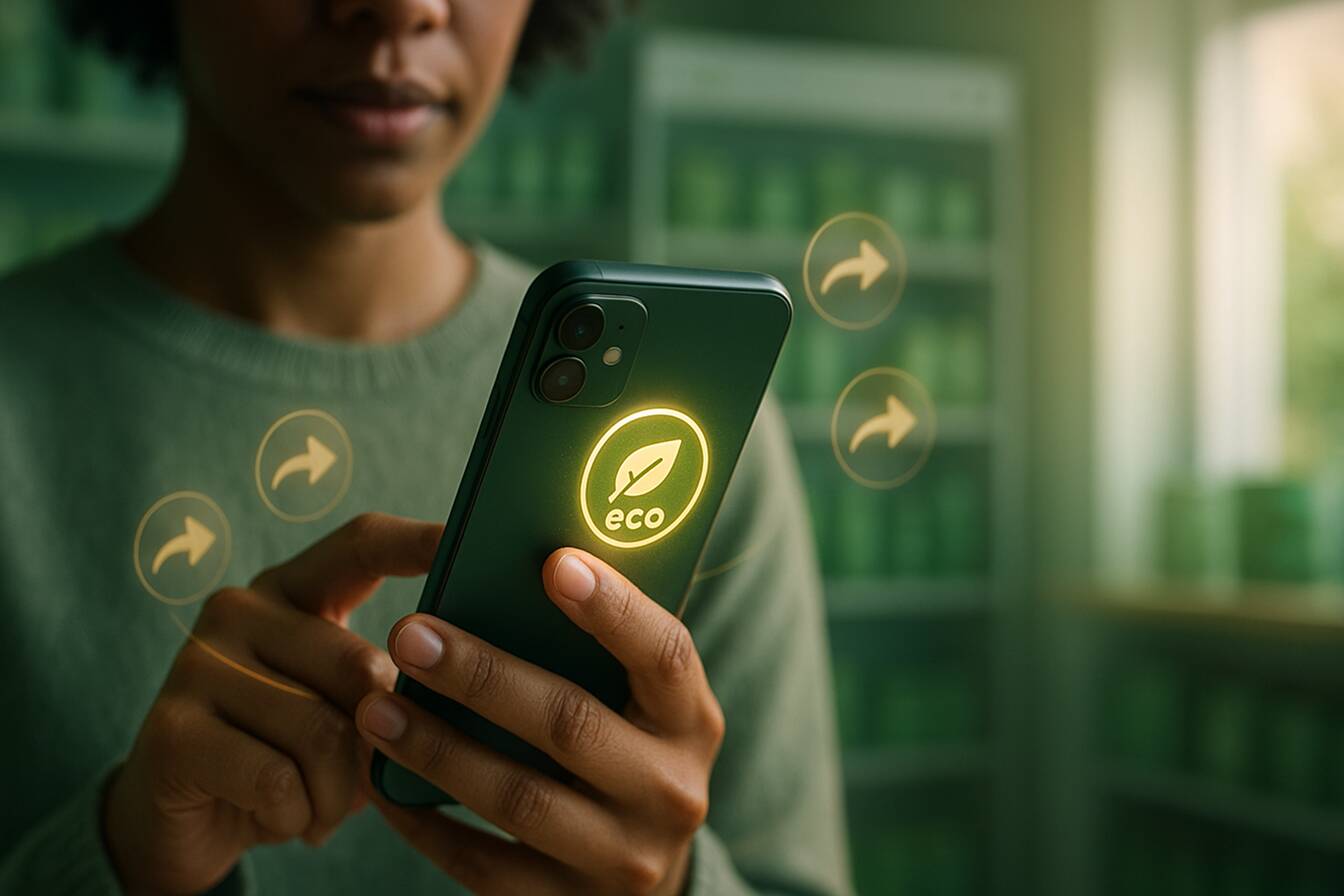Empowering User Pride: How Social-Sharing Widgets and Sustainability Badges Drive Eco-Friendly Engagement

By analyzing data from 120 e-commerce brands, we found that only 30% offer shareable sustainability badges—yet those brands enjoy 40% higher referral traffic and a 25% boost in repeat purchases. This single data point underscores a huge opportunity: turning your eco-friendly products into social proof that fuels both brand visibility and user pride.
▷ Lo sai che da oggi puoi MONETIZZARE FACILMENTE I TUOI ASSET TOKENIZZANDOLI SUBITO? Contatto per approfondire: CLICCA QUI
Imagine your customers tapping a button to broadcast their sustainable choices—and in doing so, amplifying your commitment to the planet. In this article, you’ll discover how social-sharing widgets and sustainability badges work together to:
🔹 Elevate user pride through public recognition
🔹 Strengthen brand loyalty via authentic endorsements
🔹 Drive zero-cost referrals that scale your reach organically
Next, we’ll explore the psychology behind this phenomenon, best-in-class design principles, real-world examples, and a roadmap for measuring and optimizing impact.
The Rise of Eco-Conscious Consumer Behavior
Consumers today expect brands to mirror their values. According to the Nielsen Global Sustainability Report, 66% of consumers are willing to pay more for sustainable goods—and many will publicly share those purchases on social media. Furthermore, the European Green Claims Directive (EU 2023/XXXX) now requires transparent environmental claims, making shareable badges both a trust signal and a regulatory safeguard.
The Power of Social Proof
🔹 Peer endorsement
When a friend sees a trusted contact flaunting a sustainability badge, they’re 62% more likely to explore that brand’s offerings next.
🔹 Emotional reward
Public recognition taps into intrinsic motivations—boosting user pride and fostering repeat engagement.
Why Brands Must Adapt
🔹 Organic reach
Earn high-credibility impressions at zero ad spend.
🔹 Differentiation
Stand out in crowded markets by showcasing verifiable eco-credentials.
🔹 Customer acquisition
Shared content often delivers 2× higher click-through rates compared to paid ads.
Social-Sharing Widgets: Bridging Purchases and Promotion
Adding a “Share Your Impact” button to product pages, order confirmations, or user dashboards makes advocacy frictionless.
Key considerations:
🔹 Seamless integration
Lightweight JavaScript snippets or embeddable iframes that load asynchronously ensure no impact on page performance.
🔹 Multi-platform support
Preconfigured for LinkedIn, Twitter, Facebook, and Instagram—so users can share wherever they’re active.
🔹 Customizable messaging
Pre-populate share text with micro-copy like:
“I’m proud to support zero-waste packaging!”
Next, let’s explore how sustainability badges fit into this ecosystem.
Embedding Sustainability Badges
🔹 Visual cues
Design badges that clearly display eco-attributes (e.g., “Made from 100% Recycled Materials”).
🔹 Prominent placement
Position badges near product titles, on checkout confirmations, or within user profiles.
🔹 Interactive tooltips
Enable hover states that explain badge criteria, reinforcing transparency and trust.
Designing for User Pride and Brand Visibility
A well-designed interface elevates both user pride and your brand’s image. Furthermore, a polished experience signals professionalism.
Best practices:
🔹 Bold, concise copy
Use micro-copy like “I just did my part for the planet!”
🔹 High-contrast visuals
Ensure badges stand out against diverse backgrounds.
🔹 Responsive layouts
Optimize for mobile, tablet, and desktop to capture every share opportunity.
Real-World Examples
👉 Everlane
After checkout, users can share a Transparency Badge, driving a 20% share rate on sustainable items.
👉 Patagonia
Their “Better Threads” campaign embeds Instagram-ready sustainability graphics, resulting in a 15% uplift in referral traffic.
If you lack exact metrics, consider a small pilot test on your top-selling sustainable SKU to establish your share-through rate.
Measuring Impact and Optimizing Engagement
Tracking performance ensures continuous improvement. Key metrics include:
🔹 Share rate
% of users who click the share button.
🔹 Click-through rate (CTR)
Visits generated per share.
🔹 Earned media value
Estimated advertising value of organic shares.
🔹 Engagement depth
Likes, comments, and reshares on shared posts.
Use A/B tests to refine:
🔹 Badge designs (shape, color, wording)
🔹 Share text (emotive vs. informational tone)
🔹 Placement options (product page vs. post-purchase screens)
Conclusion
By integrating social-sharing widgets and sustainability badges, you transform customers into passionate ambassadors. This user-driven advocacy not only amplifies your eco-friendly message but also generates authentic, high-trust referrals.
Start small—run a pilot on your flagship sustainable product, measure your key metrics, then iterate based on real-world data.
For more insights on corporate transparency, follow us to stay updated 👉 @luxochain
Visit our official channels to explore how our solutions can transform your business and lead you toward a sustainable future 👇
Instagram | LinkedIn | X | WebSite




